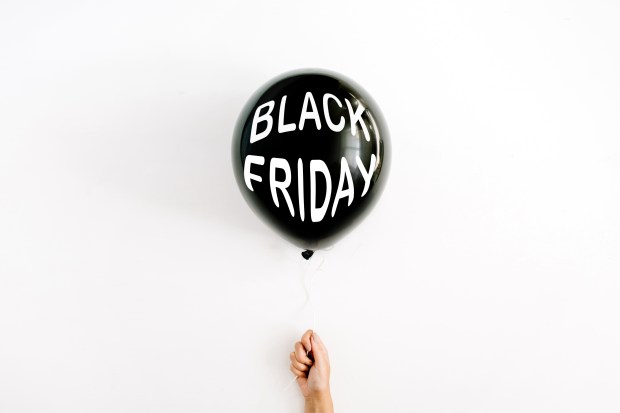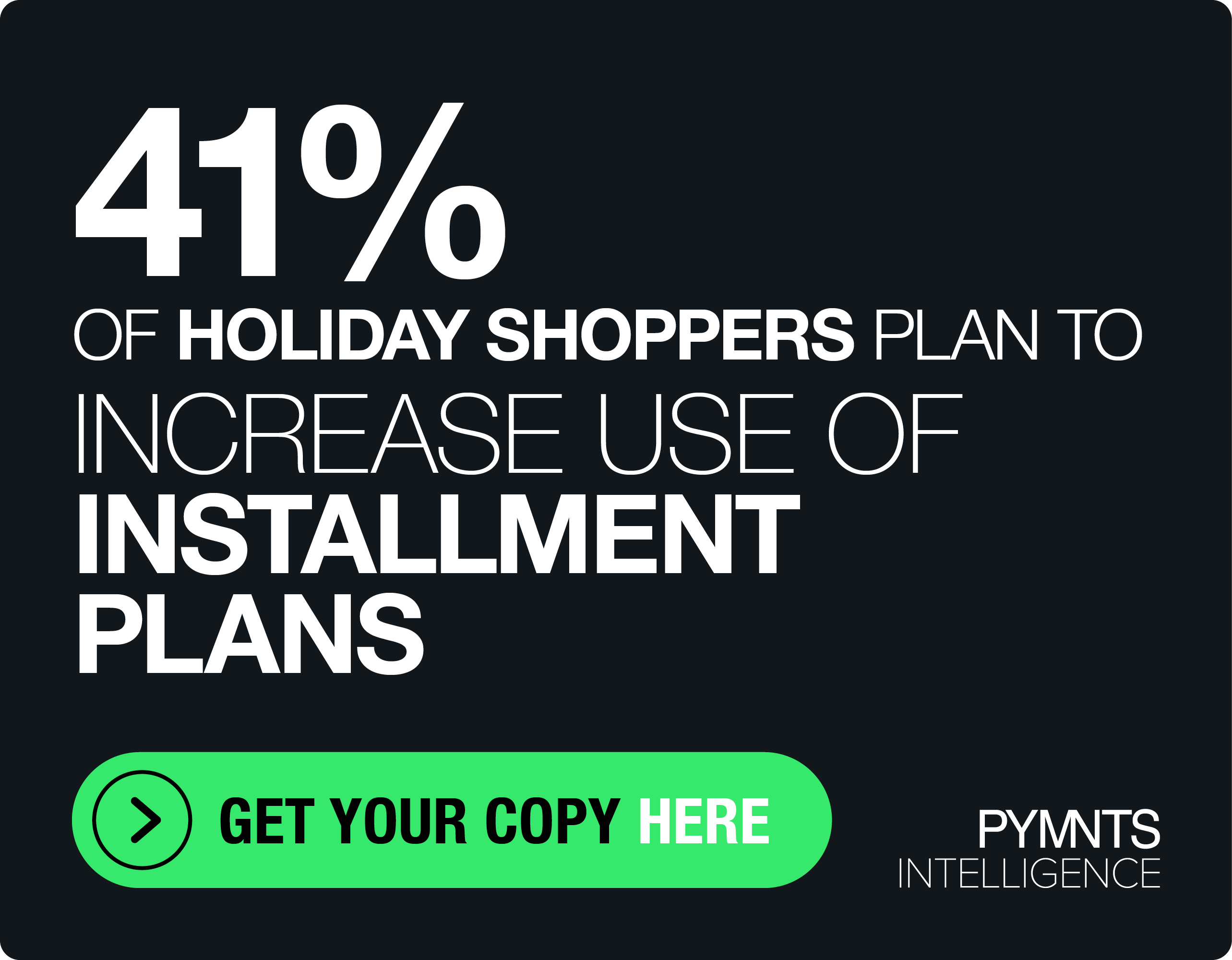Busting The Door Busters On Black Friday

What has a pre-season, post-season, and championship playoff?
If you said “football,” you’re not wrong – but the terms could also apply to the holiday shopping season, which has swelled so much in recent years that it has almost become three seasons in one.
There are the weeks leading up to Black Friday, during which retailers start announcing deals and many begin to offer discounts: the pre-season. Then there are the weeks between Cyber Monday and Christmas: the post-season frenzy, when people show their best and worst sides in the name of holiday giving.
And then there’s the shopping Super Bowl, smack dab in the middle of it all: that Black Friday/Cyber Monday weekend, infamous for its deep discounts and early-morning door-buster events.
This weekend can be tough on consumers. There are 3:00 a.m. alarms, parking lot wars, and stampedes at retailers’ doors. People have even died.
Some shoppers are filled with dread at the very thought – thank goodness, we can shop from home in a bathrobe with a cup of tea and a cat on our lap. For others, despite the convenience of Cyber Monday, Black Friday still gets the adrenaline flowing. To them, the holiday shopping season is a game to win. They approach it as if it were, indeed, the Super Bowl.
For retailers, however, the game may be nigh impossible to win. It’s a fine line between maximizing business and staying within capacity constraints – be they inventory, staffing or bandwidth. The sweeter the deal gets for consumers, chances are, the more sour it gets for the merchant.
That’s Dave Barrowman, Skava VP of innovation’s take on the holiday shopping season. In a recent interview with Karen Webster, Barrowman broke down some of the ways that technology and transparency – which are so advantageous for the consumer – can do merchants more harm than good during the most wonderful time of the year.
Gray November
First, there was Black Friday. Then, there was Cyber Monday. Now, the holiday shopping pre-season has spread out over the full month of November, beginning just after Halloween (and in some cases earlier).
Barrowman said that this helps merchants avoid one of the holiday season’s worst-case scenarios: the total shutdown due to overwhelming demand. If, at the peak of demand, systems shut down, it not only hurts sales, but also generates negative press – a brand’s worst nightmare.
“From a tech standpoint, the main goal is to meet demand and stay online,” Barrowman said.
Starting Black Friday pre-season at the beginning of November, he said, helps smooth out that demand and gives retailers an early read on the holidays so they know how aggressively to approach the rest of the season.
After all, they’re not only trying to keep up with customer demand – they’re also trying to meet their goals for Q4 and the year. All of these factors play a role in what discounts and deals they’ll push to the masses, said Barrowman.
Who’s Driving This Thing?
Black Friday deals used to be a surprise revealed in the circulars the day before the sale (i.e. Thanksgiving). Door busters used to get bodies in the store, and from there, retailers could upsell, cross-sell and otherwise tempt customers with less-discounted merchandise, improving revenue.
Technology blunts that capability because consumers already know what is available, where and when. Plus, they’ve gotten wise to fixed quantities in-store. There may only be 10 of those $200, 60-inch ultra-hi-def Samsung TVs the store advertised.
Many won’t bother with the Black Friday frenzy if they know there’s little chance of getting the item, anyway – they can just order it online or visit a retailer with more inventory. Consumers don’t care whether their TV came from Walmart, Target, BestBuy or Amazon, as long as it’s the one they want.
Now, with near-total transparency of supply and pricing, competitive consumers can spend an entire month plotting their strategy, comparing prices and choosing which Black Friday deals to forego in the name of potentially greater discounts later.
“From a consumer standpoint, it’s great,” said Barrowman. “They can plan their whole shopping season and cherry-pick the best deals.”
“But retailers have painted themselves into this corner,” Barrowman went on. “Consumers expect deep discounts and all the power is in their hands – literally, in the form of their phone. They know what the offers are going to be and what competitors are offering. They’re able to buy online if they don’t like what they see in-store.”
When A Bargain Isn’t A Bargain
Amazon, Walmart and other massive retailers can afford to mark products down 30 to 40 percent during the holidays. That, however, is a luxury afforded only to retail giants. Smaller players are faced with a dilemma: play the price undercutting game, or keep prices higher and sacrifice some of the sale-inspired foot traffic.
Barrowman said it’s difficult to maintain price integrity, but even more difficult to get it back. “The discounting drug is hard to kick,” he said – for consumers and, by extension, for retailers.
Some brands have developed a reputation for periodic 40 percent off sales. Consumers now expect those sales and delay shopping until they can get the deal. Others never discount more than 20 percent. This automatically makes their products seem more valuable, said Barrowman, and customers feel they are getting their money’s worth whether they save 20 percent or not.
One company that has managed to maintain price integrity while becoming an industry giant? Apple. Customers can’t buy those products just anywhere, so they feel it’s worth paying a little extra.
Being the only source for its products is one of the few ways Barrowman said a brand can play defense in today’s retail market. He said many merchants are wary of selling on Amazon because the site places products side-by-side with substitutes. Either it’s the same product offered at a different price – in which case it becomes a game of undercutting – or it’s a similar but competitive product that could distract the customer from his original purchase plan and lose business for the brand.
The Future Of Black Friday And Cyber Monday
With so much spread happening on either end, Webster wondered whether Black Friday and Cyber Monday would continue to be dedicated shopping days at all. Savvy shoppers, she said, sometimes skip the whole thing, as retailers have trained them to believe that the longer they wait, the better deals they’ll be able to get.
That’s not necessarily as true as it used to be circa 2008, Webster said, since retailers have less inventory on hand now than they did back then – but consumer conditioning can be hard to shake, and this perception could be one of many factors that eventually lead to Black Friday’s demise.
Barrowman doesn’t think these self-made shopping holidays will go away, but he does think they’ll transform – as everything else in the industry is doing.
He expects to see more gamification of the shopping experience, since consumers already view it as a competition. Retailers with an online presence will be in on the brick-and-mortar strategy and will encourage participation, he predicted.
It could be that one day, holiday shopping looks less like football season and more like Pokémon GO. When it comes to deals, competitive consumers know they’ve gotta catch ’em all.
